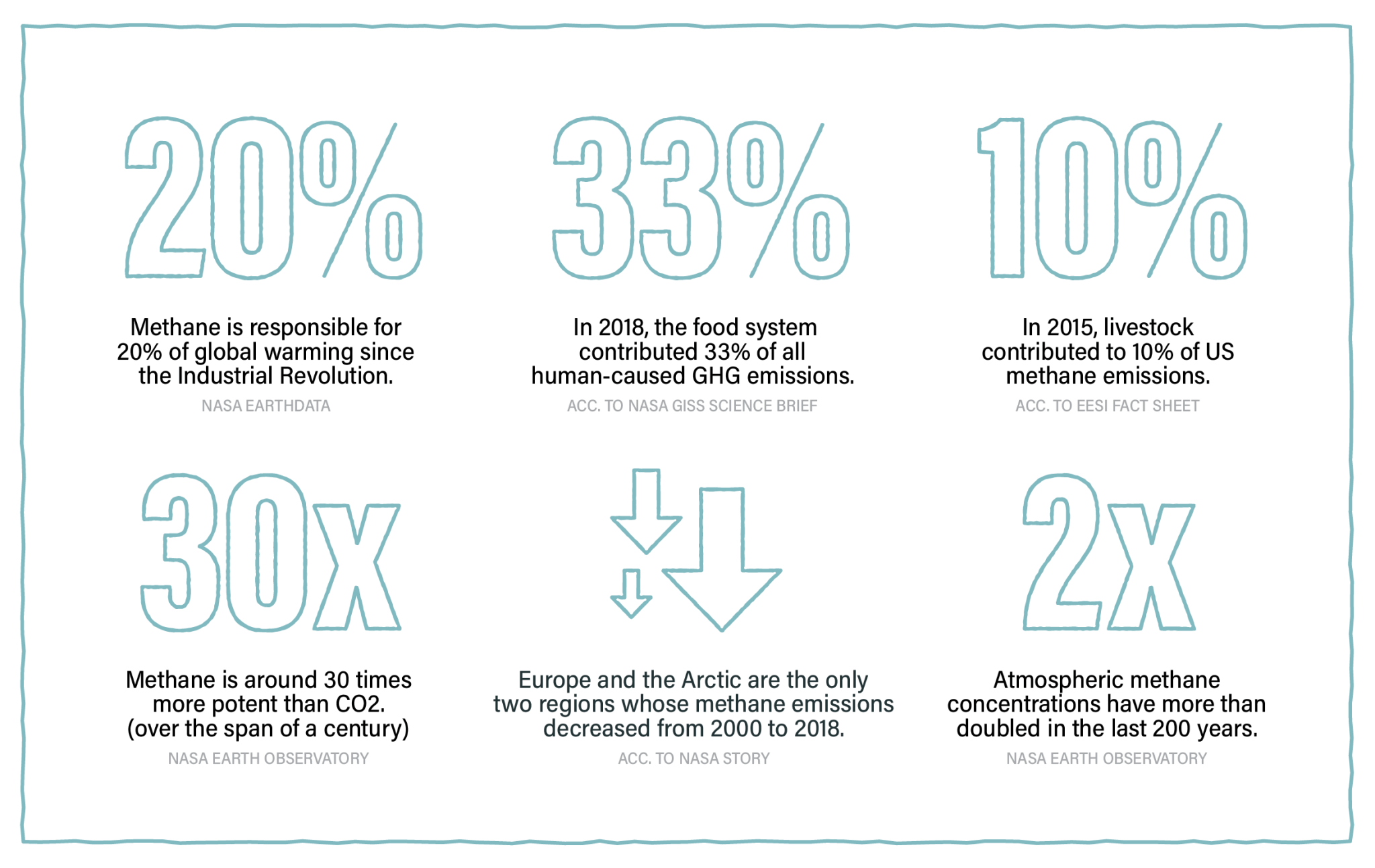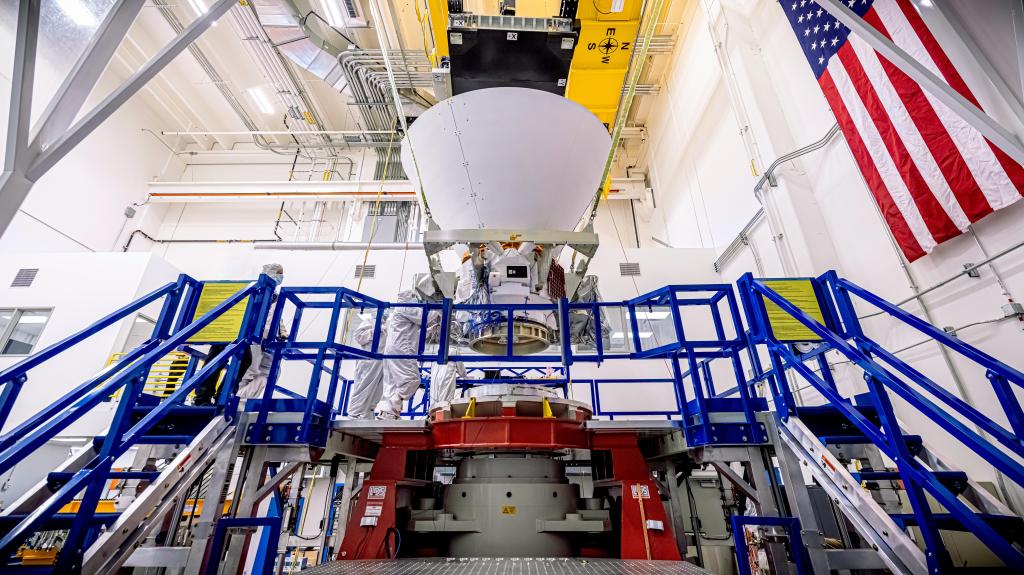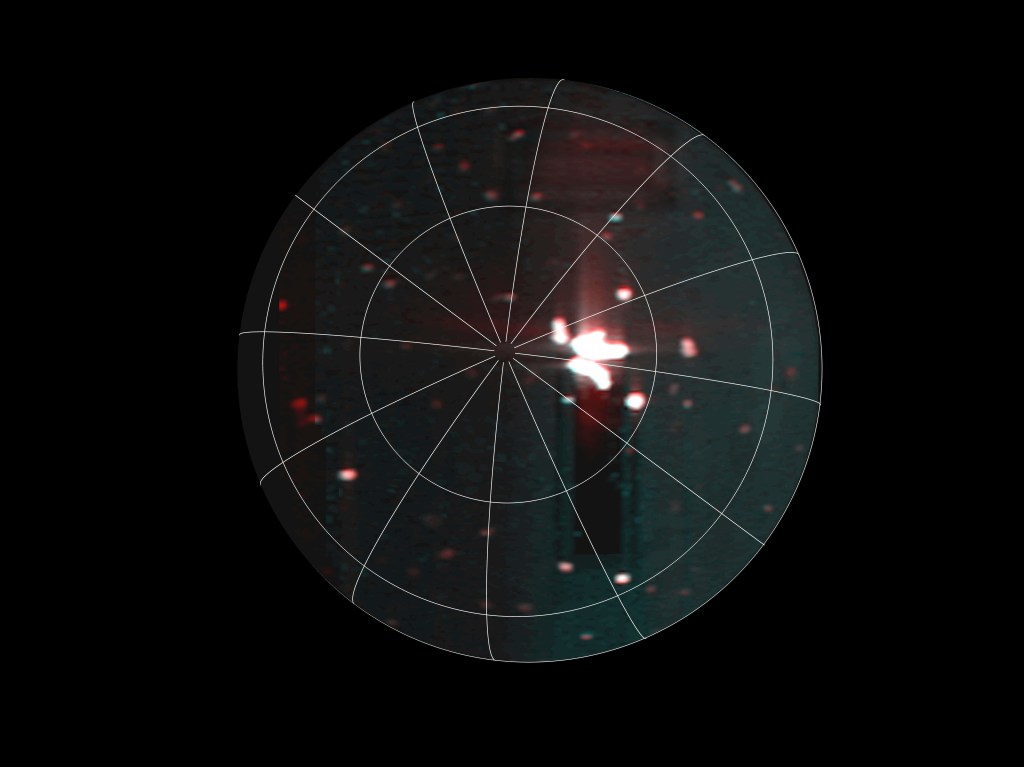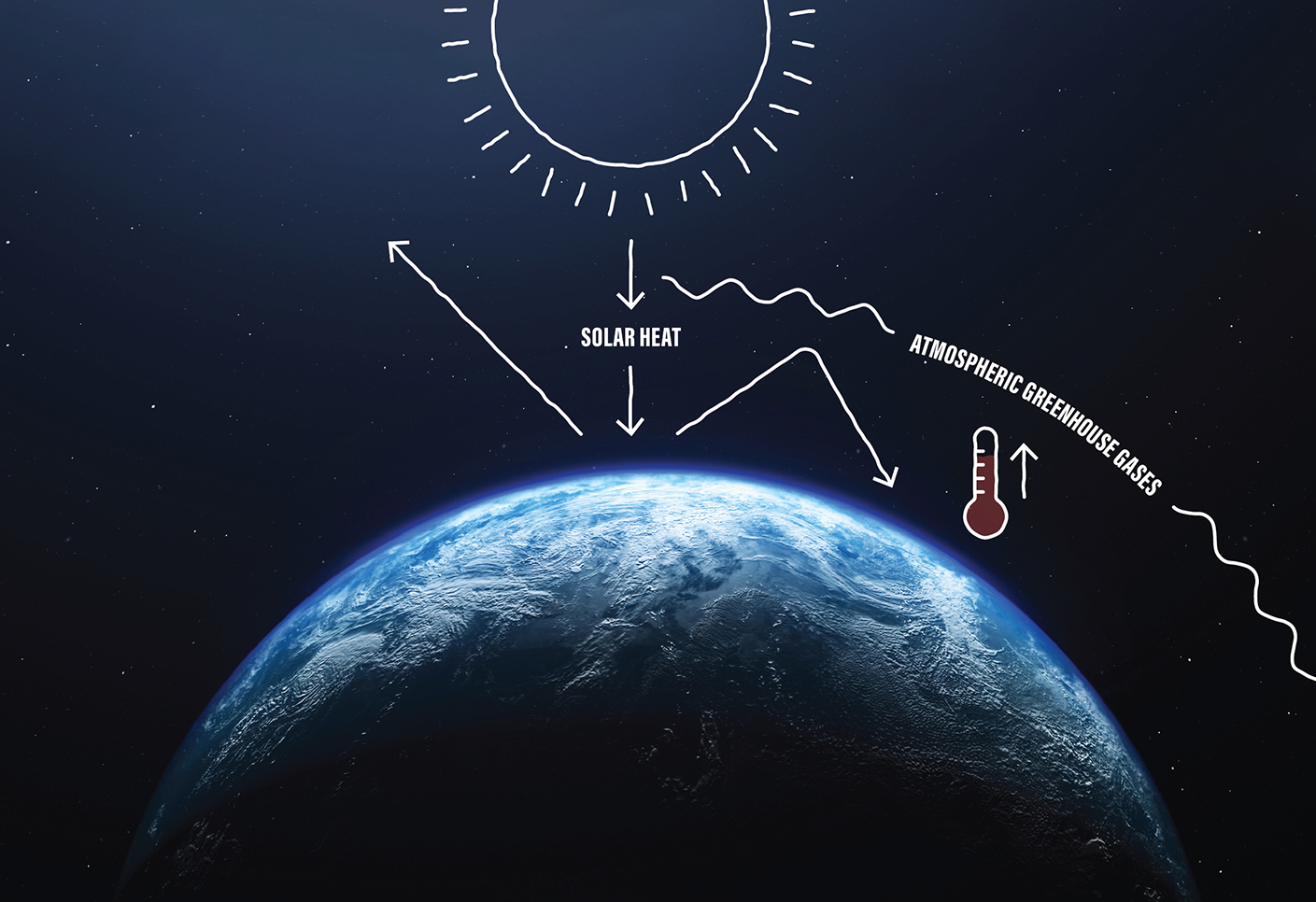Today, human sources are responsible for 60% of global methane emissions, coming primarily from the burning of fossil fuels, decomposition in landfills and the agriculture sector. Nearly a quarter of methane emissions can be attributed to agriculture, much of which is from raising livestock. Rice cultivation and food waste are also important sources of agricultural methane, as nearly a third of all food produced for human consumption is lost or wasted.
At NASA, scientists study the global methane budget to better understand the primary sources of methane emissions and how they contribute to climate change. In addition to the human sources, methane is also produced in natural settings. The greatest natural source of methane is wetlands, which contribute 30% of global methane emissions. Other natural sources of methane emissions include the oceans, termites, permafrost, vegetation and wildfires.
Atmospheric methane concentrations have more than doubled since the Industrial Revolution because of intensive use of oil, gas and coal, rising demand for beef and dairy products and increased production of food and organic waste. Although the increase in atmospheric methane concentrations slowed appreciably near the end of the 20th Century, concentrations have been increasing substantially since 2006, likely as a result of rising emissions from raising livestock, renewed reliance on natural gas and, in recent years, wetlands and global warming.
Credits: NASA/Scientific Visualization Studio
This video can be downloaded at NASAs Scientific Visualization Studio
The Greenhouse Effect and Methane
Greenhouse gases, including methane, contribute to chemical reactions and climate feedbacks. The greenhouse gas molecules trap solar energy by acting like a thermal blanket. Energy from the sun is absorbed by Earth’s surface, though some of this energy is reflected into the atmosphere. The absorbed energy is also re-emitted at infrared wavelengths. Some of the reflected and re-emitted energy re-enters space, but the rest is trapped in the atmosphere by greenhouse gases. Over time, the captured heat warms our climate, increasing global temperatures.
The human-driven temperature increases can have an impact on methane released from natural sources. For example, permafrost can thaw naturally and emit methane into the atmosphere, but humans have increased the rate at which permafrost thaws due to human-caused warming.
Methane is the world’s second largest contributor to global warming, after carbon dioxide. Although carbon dioxide is more abundant than methane in the atmosphere, a single molecule of methane more effectively traps heat than a single molecule of carbon dioxide.
However, the lifetime of a molecule of methane is shorter than a molecule of carbon dioxide because of natural chemical processes that are quicker at scrubbing methane out of the atmosphere than carbon dioxide. This means that if methane emissions were to decline and the natural chemical scrubbing of methane maintained, atmospheric methane could decrease dramatically in just ten years. Decreasing the amount of methane put into the atmosphere could have a significant and nearly immediate impact on reducing the near-term effects of climate change and may contribute to keeping global temperature change below 2-degrees Celsius.
Why Cows Produce Methane
Cattle, such as dairy cows or beef cattle produce methane as a by-product of digestion. Cattle are ruminant animals, meaning they have specialized digestive systems that allow them to process foods that cannot be digested by humans and most other animals, like fresh grass and uncooked grain. When food enters a bovine’s stomach, it undergoes a process called enteric fermentation: microbes and bacteria partially break down the food particles, which then ferment in the part of the stomach called the rumen. As the food particles ferment, they produce methane. Every time cattle belch – and, to a smaller extent, flatulate – methane is expelled and enters the atmosphere, where it acts as a greenhouse gas.

NASA’s Eyes on Methane
While methane concentrations are well observed, emissions have to be inferred based on a variety of factors. NASA scientists use a variety of methods to track methane emissions. To get the most accurate estimates possible, they use emissions inventories from countries around the world, simulate wetland methane emissions, and combine this with ground-based, airborne and satellite data using atmospheric models.
In California (and some other regions), researchers fly aircraft equipped with NASA’s Airborne Visible Infrared Imaging Spectrometer – Next Generation, or AVIRIS-NG, and collect highly calibrated data. This data is used in the California Methane Survey, a project jointly funded by NASA, the California Air Resources Board and the California Energy Commission to rapidly identify and report methane leaks.
In Alaska and Northwestern Canada, NASA researchers use satellites, aircraft and field research to better understand methane emissions from thawing permafrost as part of the Arctic Boreal and Vulnerability Experiment, or ABoVE. Researchers have discovered that carbon-rich permafrost is thawing at increasingly high rates, likely as a result of human-induced climate change, making the Arctic an important potential source of methane emissions. According to scientific estimates, this region’s soils store five times more carbon than has been emitted by all human activities in the last 200 years.
NASA researchers combine the data from missions like ABoVE and the California Methane Survey with their knowledge of how methane behaves in the atmosphere to create methane computer models. These models can help scientists and policy makers understand past, current, and future atmospheric methane patterns.
Paths Toward Reduced Methane Emissions
Researchers in a variety of fields have looked into potential solutions to decrease global methane emissions. For example, biogas systems reduce methane emissions by transforming waste from livestock, crops, water and food into energy. Biogas is produced through the same natural process that occurs in landfills to break down organic waste. However, biogas systems harness the gas that is produced and use it as a clean, renewable and reliable energy source rather than let it release into the atmosphere as a greenhouse gas.
A study led by Professor Ermias Kebreab from the University of California-Davis discovered that introducing a few ounces of seaweed into beef cattle diets could reduce their methane emissions by over 82%.
These types of technological – and biological – innovations may provide decision-makers, ranchers and others with more options for managing our future methane.
by Emily Fischer
NASA’s Earth Science News Team
Media contact:
Ellen Gray
NASA’s Earth Science News Team




























